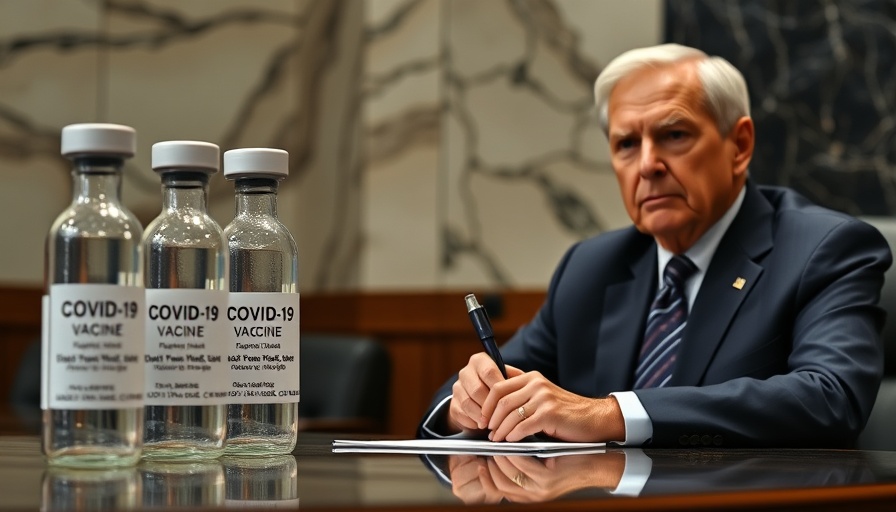
Fighting Cancer: The Importance of Prevention and Treatment
Cancer represents one of our greatest challenges in health today, yet we are beginning to see rays of hope in the fight against this complex disease. Much like William L. Fischer’s inspirational book, “How to Fight Cancer and Win,” which offers insights into both prevention and treatment, there is growing recognition that a multifaceted approach holds the key to successfully combating cancer. Understanding the various aspects of cancer development, from genetic influences to lifestyle choices, can empower individuals to take action in their own health journeys.
Research and Understanding of Cancer Development
Cancer, contrary to popular belief, is not a singular illness. Rather, it encompasses multiple diseases characterized by the uncontrolled growth of abnormal cells, leading to malignant tumors. These tumors can invade other parts of the body—a process called metastasis—gripping the community with fear as they disrupt normal organ function. Understanding the triggers behind cancer is crucial; researchers are zeroing in on oncogenes, which are genes that, when mutated or activated, can propel the formation of cancers. By deciphering what causes gene mutations, scientists hope to find ways to deactivate these dangerous genes and prevent cancer before it starts.
Historical Context: Progress in Survival Rates
The journey of understanding and treating cancer has evolved remarkably over the past century. In the 1930s, the survival rate for cancer was below 20 percent—an alarming statistic that has dramatically improved to over 50 percent today. This progress speaks volumes about advancements in research, technology, and treatment methodologies, echoing the message in Fischer’s book. With a heartfelt focus on shared stories of survivors, Fischer encourages us not only to combat cancer aggressively but also to inspire hope within our communities. Current statistics indicate that children diagnosed with cancer now have a raised survival rate of at least 60 percent, reflecting incredible progress made possible by dedicated research and treatment innovations.
The Role of Lifestyle Choices in Cancer Prevention
As Fischer emphasizes, prevention is as vital as treatment. The National Cancer Institute recommends essential lifestyle changes to lower cancer risk significantly. Quitting smoking, a primary contributor to various cancers, can fundamentally enhance individual health and survival chances. Furthermore, a diet nurturing one’s body with high amounts of fruits and vegetables helps fend off cancerous growths. Embracing a low-fat, high-fiber diet can provide crucial protective benefits. Fischer’s recommendations to engage in physical activities alongside healthy eating habits reveal how simple adjustments can lead to much more profound health outcomes.
Innovative Treatments: Merging Conventional and Alternative Approaches
Beyond conventional treatments such as surgery, radiation, and chemotherapy, innovation is blossoming in the realm of alternative therapies. Fischer highlights promising avenues like immunotherapy, visualization therapy, and natural remedies, such as maitake fungi, green tea, and linseed oil, in the fight against cancer. These alternative treatments symbolize an incorporation of holistic perspectives into medical practices, showcasing a community-oriented approach that validates patient experiences as integral to healing. Visualization therapy, in particular, offers a fascinating dimension by encouraging patients to visualize their immune systems actively combating cancer cells, enhancing their emotional and mental well-being—a critical aspect often overlooked in traditional medicine.
Community Engagement: Fostering Support Networks
Central to the conversation around cancer is the concept of community support. The emotional burden cancer places on individuals and families cannot be overstated. Fischer’s work encourages forming support circles where experiences and feelings can be shared openly, leading to mutual healing and strength. Initiatives that promote awareness, such as local events, support groups, and wellness programs, create vital networks for sharing knowledge and resources, motivating individuals to take proactive steps toward health.
Embracing a Holistic Mindset
As we forge ahead in the fight against cancer, the emphasis on a holistic approach that includes physical, emotional, and social dimensions becomes clear. Fischer’s advocacy for blending conventional treatments with alternative therapies invites readers to rethink traditional narratives. By understanding personal agency in health choices, individuals are empowered to fight cancer from all angles. Homeopathic remedies alongside lifestyle adjustments can create a robust ecosystem for health, extending hope and resilience among those impacted by the disease.
Conclusion: Taking Action in Your Health Journey
In conclusion, William L. Fischer’s “How to Fight Cancer and Win” serves as a guiding star, illuminating pathways of knowledge that stem from awareness, lifestyle adjustments, and support systems. By prioritizing prevention, embracing new treatments, and fostering community engagement, individuals can take meaningful steps toward enhancing their health and well-being. It’s time to lean into the vast resources available in our fight against cancer and seize the opportunity to support one another on this journey of resilience and hope.
 Add Row
Add Row  Add
Add 



Write A Comment